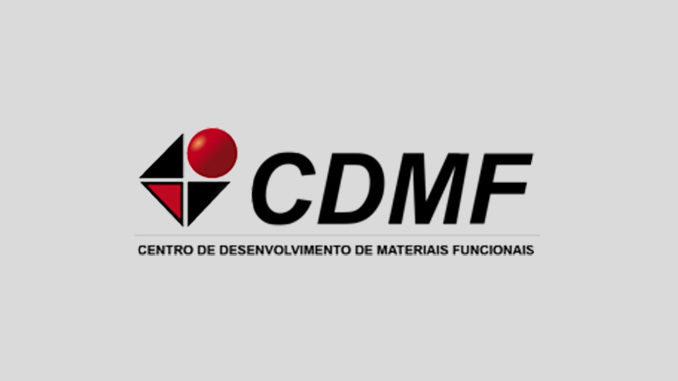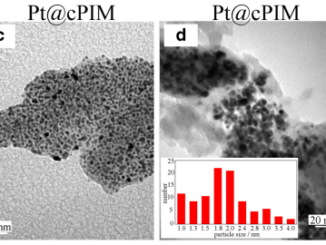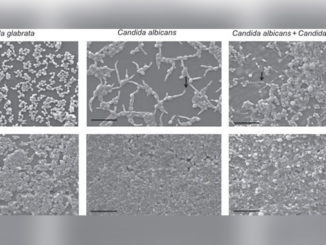
Effect of Ag clusters doping on the photoluminescence, photocatalysis and magnetic properties of ZnO nanorods prepared by facile microwave-assisted hydrothermal synthesis
Abstract: We report a chemical route to synthesize stabilized ZnO:Ag nanoparticles (NPs) combined with nanosized metallic Ag using microwave-assisted hydrothermal synthesis. We employ X-ray diffraction (XRD), field emission guns scanning electron microscopy, transmission electron microscopy, spectrophotometry, photodegradation, photoluminescence and magnetic characterizations to investigate the structural, morphological, photocatalytic and magnetic properties of ZnO:Ag samples with different Ag concentrations. We verify through XRD results the standard wurtzite crystalline phases and face-centered cubic for metallic Ag NPs. Moreover, we confirm through spectrophotometry the photocatalysis in the samples. The Ag clusters doping the pure material causes the shift from green to yellow-red, which are lower energy wavelengths, thus corroborating changes of its electrical properties due to the decreased gap. We interpret the magnetic properties in terms of the nanosizing and similar effects. Under these conditions, we show the improvement of the photocatalytic and magnetic properties of ZnO NPs.
Author(s): Souza, RPA (Souza, R. P. A.); Motta, FV (Motta, F. V.); Nascimento, JHO (Nascimento, J. H. O.); Bomio, MRD (Bomio, M. R. D.); Borges, FMM (Borges, F. M. M.); Correa, MA (Correa, M. A.); Longo, E (Longo, E.); Li, MS (Li, M. S.); Bohn, F (Bohn, F.); Paskocimas, CA (Paskocimas, C. A.)
JOURNAL OF MATERIALS SCIENCE-MATERIALS IN ELECTRONICS
Volume: 28 | Ed: 15 | Pages: 11059-11069 | Published: AUG 2017
PDF:
DOI: 10.1007/s10854-017-6890-x




